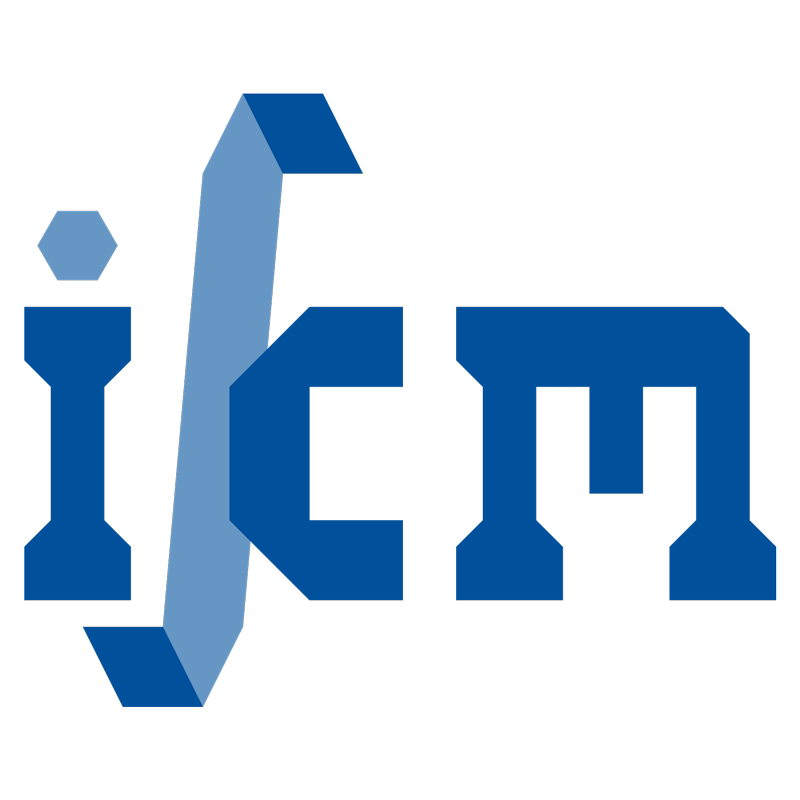A Multiobjective Optimization of Laser Powder Bed Fusion Process Parameters to Reduce Defects by Modified Taguchi Method
- authored by
- Zahra Kazemi, Ali Nayebi, Hojjatollah Rokhgireh, Meisam Soleimani
- Abstract
This study investigates the optimization of process parameters in laser powder bed fusion (LPBF) to minimize defects caused by insufficient melting and vaporization of metal powder. The research employs a simulation method that incorporates vaporization effects to tackle a multiobjective optimization problem in selective laser melting (SLM), utilizing the Taguchi method for systematic analysis. Validation of the simulation approach is conducted by comparing it with experimental results from Verhaeghe et al. (Acta Mater. 2009) revealing a strong correlation between simulated and experimental data. This underscores the effectiveness of the method and highlights the significance of vaporization in SLM processes. The optimization process focuses on enhancing melting efficiency while minimizing vaporization by adjusting critical parameters such as laser power, scanning speed, and laser spot radius. Results indicate that laser power has a significant impact on insufficient melting, while scan speed is more critical for reducing vaporization. Furthermore, the study explores various weight scenarios for the combined objective function, concluding that equal weight factors for unmelted and vaporized elements do not guarantee a reduction in total defects. This research provides essential insights into the complex interactions within LPBF, emphasizing the need for careful parameter optimization to improve manufacturing quality.
- Organisation(s)
-
Institute of Continuum Mechanics
- External Organisation(s)
-
Shiraz University of Technology
Shiraz University
University of Larestan
- Type
- Article
- Journal
- Steel research international
- ISSN
- 1611-3683
- Publication date
- 06.02.2025
- Publication status
- E-pub ahead of print
- Peer reviewed
- Yes
- ASJC Scopus subject areas
- Condensed Matter Physics, Physical and Theoretical Chemistry, Metals and Alloys, Materials Chemistry
- Electronic version(s)
-
https://doi.org/10.1002/srin.202400628 (Access:
Closed)
-
Details in the research portal "Research@Leibniz University"


